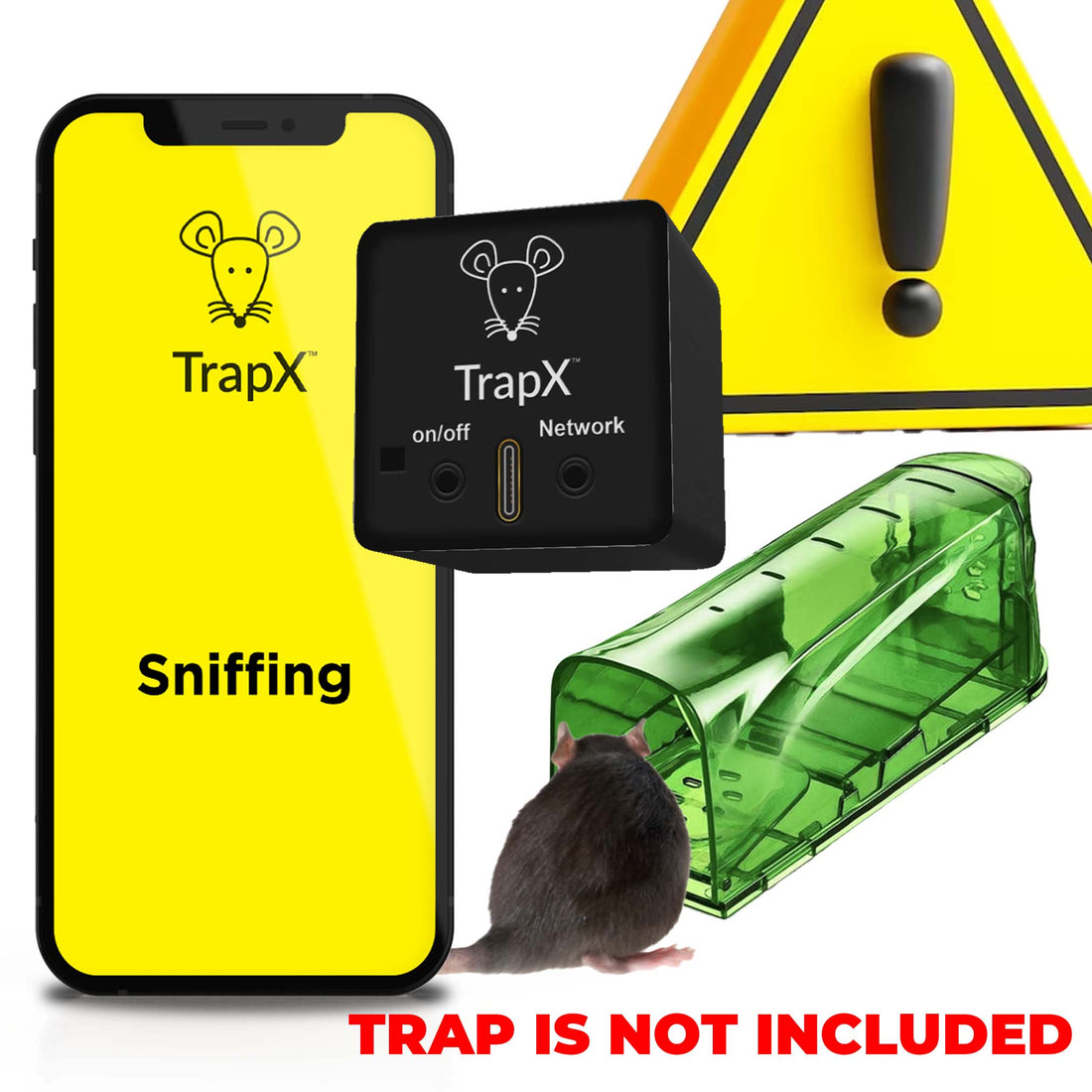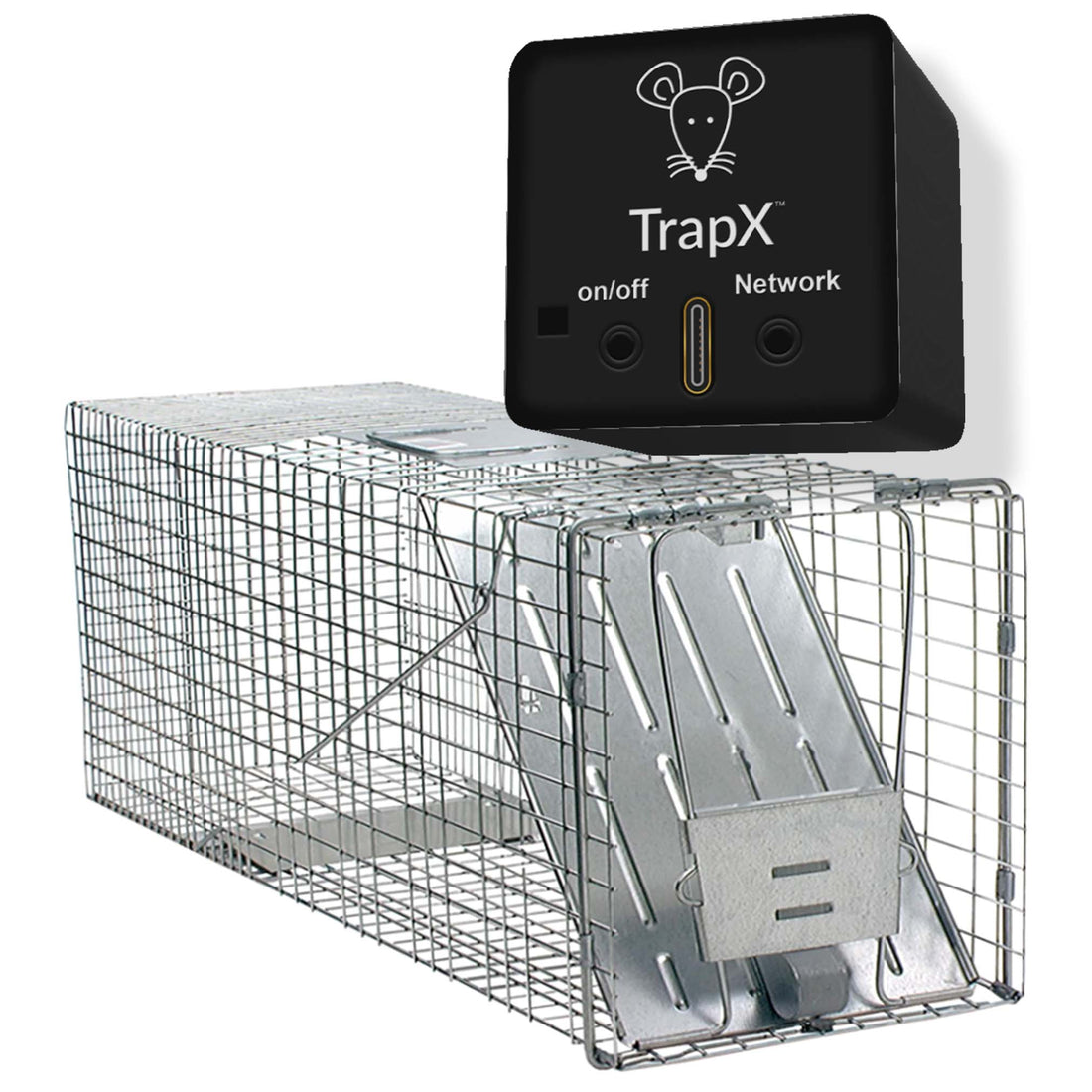The Future of Digital Mouse Control: Innovations and Insights
Share
The term 'digital mouse control' might sound like a concept from a science fiction novel, but it is becoming an integral part of modern pest management. This article aims to unravel the mysteries surrounding digital mouse control, discussing its significance, technology, and real-world applications. By the end of this read, you will have a comprehensive understanding of digital mouse control and how it is revolutionizing our approach to rodent infestations.

Understanding Digital Mouse Control
At its core, digital mouse control leverages advanced technologies to monitor and manage mouse activities more effectively than traditional methods. These systems often utilize sensors, cameras, and even artificial intelligence (AI) to detect and report rodent presence in real-time. The goal is to provide a more humane, efficient, and targeted approach to rodent control.
Why Traditional Methods Fall Short
Traditional mouse control methods, such as traps and poisons, have been the standard for decades. However, these methods are not without their drawbacks. For instance, traps can sometimes be inhumane, causing unnecessary suffering to the animals. Poisons, on the other hand, pose significant risks to other wildlife, pets, and even humans. Moreover, these methods often require constant monitoring and can be ineffective in large areas or complex environments. Digital mouse control offers a solution to these challenges by providing continuous, automated monitoring and control.
The Technology Behind Digital Mouse Control
The technology driving digital mouse control is both fascinating and sophisticated. Here are some key components:
- Sensors: These devices can detect the presence of mice through various means, such as motion detection, heat sensors, or even sound analysis. The data collected can then be transmitted to a central system for analysis.
- Cameras: High-definition cameras can capture images and videos of mouse activity, providing visual confirmation and helping to identify entry points and nesting areas.
- Artificial Intelligence: AI algorithms can analyze the data collected by sensors and cameras to identify patterns and predict future infestations. This allows for proactive measures to be taken before the problem escalates.
- Connectivity: Many digital mouse control systems are part of the Internet of Things (IoT), meaning they can be connected to a central network. This allows for remote monitoring and control via smartphones or computers.

Real-World Applications of Digital Mouse Control
Digital mouse control is not just a theoretical concept; it is already being used in various industries and settings. Here are some examples:
Residential Areas
Homeowners can benefit from digital mouse control systems that provide real-time alerts and detailed reports on rodent activity. This can help in taking timely action and preventing infestations from spreading.
Commercial Spaces
Businesses, especially those in the food industry, can use these systems to ensure compliance with health and safety regulations. By maintaining a rodent-free environment, they can protect their reputation and avoid costly fines.
Agricultural Settings
Farmers can use digital mouse control to protect their crops and livestock from rodent damage. These systems can cover large areas and provide continuous monitoring, reducing the need for manual inspections.

The Future of Digital Mouse Control
The field of digital mouse control is rapidly evolving, with new innovations being introduced regularly. Here are some trends to watch out for:
Integration with Smart Homes
As smart home technology becomes more prevalent, digital mouse control systems are likely to integrate seamlessly with other smart devices. This will allow for more comprehensive home automation and security.
Advancements in AI
AI is expected to play an even more significant role in digital mouse control, with more sophisticated algorithms capable of predicting infestations with higher accuracy. This will enable even more proactive and effective pest management.
Eco-Friendly Solutions
There is a growing emphasis on environmentally friendly pest control methods. Future digital mouse control systems are likely to focus on humane and non-toxic solutions, reducing the impact on other wildlife and the environment.
Conclusion
Digital mouse control represents a significant advancement in pest management, offering a more humane, efficient, and effective solution to rodent infestations. By leveraging advanced technologies such as sensors, cameras, and AI, these systems provide real-time monitoring and proactive measures to keep your home, business, or farm rodent-free.
For more information on humane mouse traps, check out this article. If you're interested in learning more about rodent infestations and how to prevent them, visit this page.
For those looking to make a purchase, you can explore our selection of digital mouse control products here.
May20.chat.5pass.general public.digital mouse controlAs an Amazon Associate, I earn from qualifying purchases.
